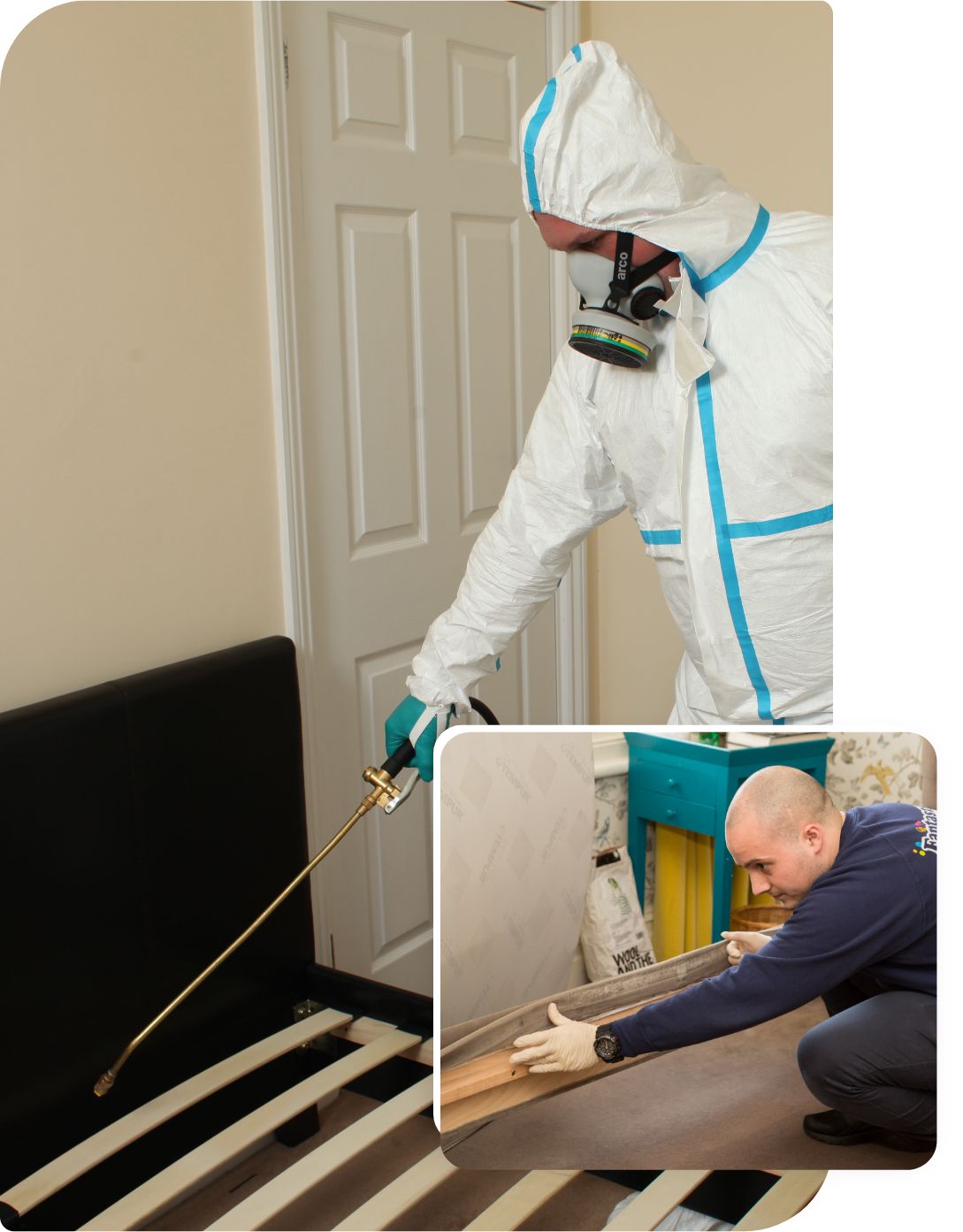Squirrels can be adorable, but sometimes they can invade your attic. In the colder months, these rodents seek warmth and shelter. They gnaw on wires and insulation in your home. Plus they can carry diseases and leave behind their droppings. Here we’ll go over humane squirrel removal methods.
Understand Squirrel Behaviour
To expel squirrels, grasping their behavioural patterns is paramount. Squirrels are excellent climbers and naturally curious. They nest in attics because they offer protection from weather and predators. Squirrels usually enter attics through gaps in the eaves or vents in the roof or walls. Once inside, they can make noise and damage by building nests and chewing on materials.
Factors Attracting Squirrels to Your Attic
Access – Tree branches extending near your roofline provide an easy route for squirrels to reach your roof. From there any unrepaired damage or unscreened openings give them an opportunity to get into your attic.
Food – Food nearby such as bird feeders can attract squirrels to your property.
Seclusion – The attic’s lack of bright lights and minimal human activity make it an ideal nesting site for squirrels.
How to Identify Squirrel Infestation
- Scratching and Gnawing Sounds – Squirrels scratch or gnaw during the day.
- Droppings – Small dark pellets scattered around the attic.
- Nesting Materials – Squirrels nest in attics using leaves and twigs.
- Gnaw Marks – Teeth marks on wood, wires and insulation.
Exclusion and Sealing
- Inspect Your Home – Look for openings on the outside like the eaves, vents and rooflines.
- Seal Gaps and Cracks – Utilise caulk, wire mesh, or hardware cloth to halt squirrel entry.
- Install Exclusion Devices – Install one-way doors or funnel traps to keep squirrels out of the attic.
Trapping and Removal
Trapping and removal works. Use live traps to catch them humanely and release them from your property. Here are some tips:
- Pick the Right Trap – Place a live squirrel trap in an active area.
- Bait the Trap – Catch squirrels with peanut butter or seeds. Place bait at the back to get them to enter.
- Check Traps Regularly – Don’t leave trapped squirrels in the trap too long. Once trapped, release them far from your home.
Combining trapping and removal with exclusion methods is very effective.
Repellents and Deterrents
Before starting the eviction process, inspect the attic for signs of baby squirrels. If you remove an adult squirrel and later see it trying to reenter frantically, you may have separated a mother from her young. In such cases, allow the mother back inside to care for her babies. Squirrels typically nest with their young from February through May or August through October.
Exclusion Devices
To begin removing squirrels, identify all entry points and install exclusion devices. Seal all entrances but one using materials like metal flashing, wire mesh, steel wool, hardware cloth, caulk, or fibre cement. Cover the remaining entry point with a one-way door, which allows squirrels to exit but prevents reentry. Avoid installing a one-way door if you find a nest with baby squirrels. Trapping the mother outside could result in the death of her young and cause her to damage your home’s exterior in an attempt to reach them.
Live-Capture Traps
Live traps provide a humane way to remove adult squirrels. Bait traps with peanut butter and check them daily. Once a squirrel is caught, take the trap outside, carefully open it, and let it out. Before using traps research local wildlife laws and pest control regulations. Release squirrels near your home not in a new area as they are territorial and may be vulnerable to attacks in unfamiliar surroundings.
Squirrel Repellents
Natural repellents like apple cider vinegar, black pepper, garlic, and peppermint deter squirrels. Soak a rag in one of these substances and place it near the nest or entry point. Commercial repellents that mimic predator urine are also available. Spray these near entry points or areas where you’ve seen squirrel droppings to scare them away. Avoid mothballs, as they leave a persistent odour and harm squirrels.
Squirrel Deterrents
Make your attic less appealing by using deterrents. Place bright lights and motion-activated devices to make the area seem unsafe. Bang pots and pans or play a radio at full volume overnight. High-frequency sound machines might also help, although their effectiveness is debated.
What You Must NOT Do
Use Rat or Mouse Traps – Using traps designed for rats or mice is pointless. These snap traps are ineffective for squirrels. Using them will only agitate these unwelcome intruders.
Use Rodenticide (Poison) – Absolutely avoid using poisons to eliminate squirrels. Environmental and wildlife protection laws prohibit such methods. Poisoned squirrels can become a threat to other wildlife, leading to secondary poisoning of animals that may feed on the carcass. To safeguard these natural scavengers, including potentially protected species, the use of poisons is strictly forbidden.
Seeking Professional Help
If DIY methods don’t work, consider professional pest control help. They know how to remove squirrels safely and effectively. They can assess infestations and prevent future ones. Choose a reputable and licensed professional with squirrel removal experience.
Long-Term Prevention
After squirrels are removed, prevent future infestations. Here are some prudent tips:
- Regular Inspections – Periodically inspect your home for any indicators of squirrel activity.
- Maintain Your Home – Repair damaged roof shingles, refresh frayed weather stripping, and seal any crevices.
- Monitor Your Property – Look for nests, droppings, or gnawing marks.
Conclusion
The best way to deter squirrels is to understand their behaviour. Identify signs of infestation and use approved removal methods. Whether you choose exclusion, trapping or habitat modification, act fast. For persistent problems seek professional help. Implement long term prevention methods to protect your home from future infestations and have a squirrel free attic.

